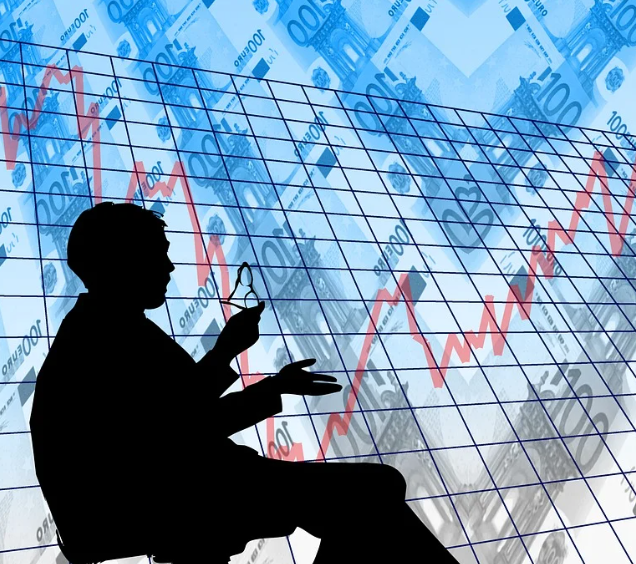# $HOG #LeanHogs #USDA #PorkMarket #CommodityPrices #FuturesTrading #Agriculture #MarketTrends #CME #EconomicNews
Why Did Hog Prices Drop on Tuesday? Discover the Market Impacts!
In the latest hogs news, lean hog futures experienced significant losses on Tuesday, declining between 60 cents to $1.57. This downturn raises questions about the underlying factors affecting hog prices. Understanding these dynamics is essential for traders and investors alike.
The USDA reported a national base hog price of $88.03 on Monday afternoon. This figure represents an increase of $2.74 from the previous day, suggesting some market volatility. However, despite this uptick in base price, the CME Lean Hog Index fell by 68 cents on October 24, reaching $92.27. This contrast indicates a complex market environment where immediate gains do not necessarily reflect long-term trends.
Market Dynamics Affecting Hog Prices
Multiple factors influence the pricing of lean hogs. Seasonal fluctuations, supply chain disruptions, and changes in consumer demand are just a few variables at play. For instance, as autumn progresses, demand for pork typically increases due to holiday consumption trends. However, this year, unexpected economic pressures may be dampening the anticipated demand.
Moreover, the overall sentiment in agricultural commodities reflects broader economic conditions. Investors are closely monitoring inflation rates, interest rates, and consumer spending behavior. These elements play a crucial role in shaping market expectations and can lead to rapid price adjustments.
Impact of Supply and Demand
Supply chain issues continue to plague the agricultural sector, impacting hog prices. Recent reports indicate that feed costs remain high, which constrains profitability for hog producers. As farmers face increased expenses, they may reduce herd sizes, leading to supply shortages in the future. Such dynamics can create price volatility, particularly if demand surges unexpectedly.
Conversely, if consumer demand remains stable or declines, producers may face significant challenges. Excess supply could lead to further price drops, encouraging producers to adjust their strategies. The delicate balance between supply and demand becomes increasingly critical in navigating the current market landscape.
Looking Ahead: What’s Next for the Hog Market?
As we look ahead, traders and investors must remain vigilant. The ongoing assessment of economic indicators will provide valuable insights into future price movements. Additionally, any changes in government policy related to agriculture could significantly impact market conditions.
For those involved in the stock market, understanding the implications of these dynamics is crucial. Investors should consider diversifying their portfolios to mitigate risks associated with commodity price fluctuations. Staying informed about trends in the agricultural sector is vital for making sound investment decisions.
In summary, the recent decline in hog prices highlights the complexities of the market and the interplay of various economic factors. By keeping an eye on supply chain developments and consumer behavior, stakeholders can better navigate the challenges and opportunities within the hog market.
For more insights into stock market trends, visit our stock analysis section. Stay updated to make informed investment choices.











Comments are closed.